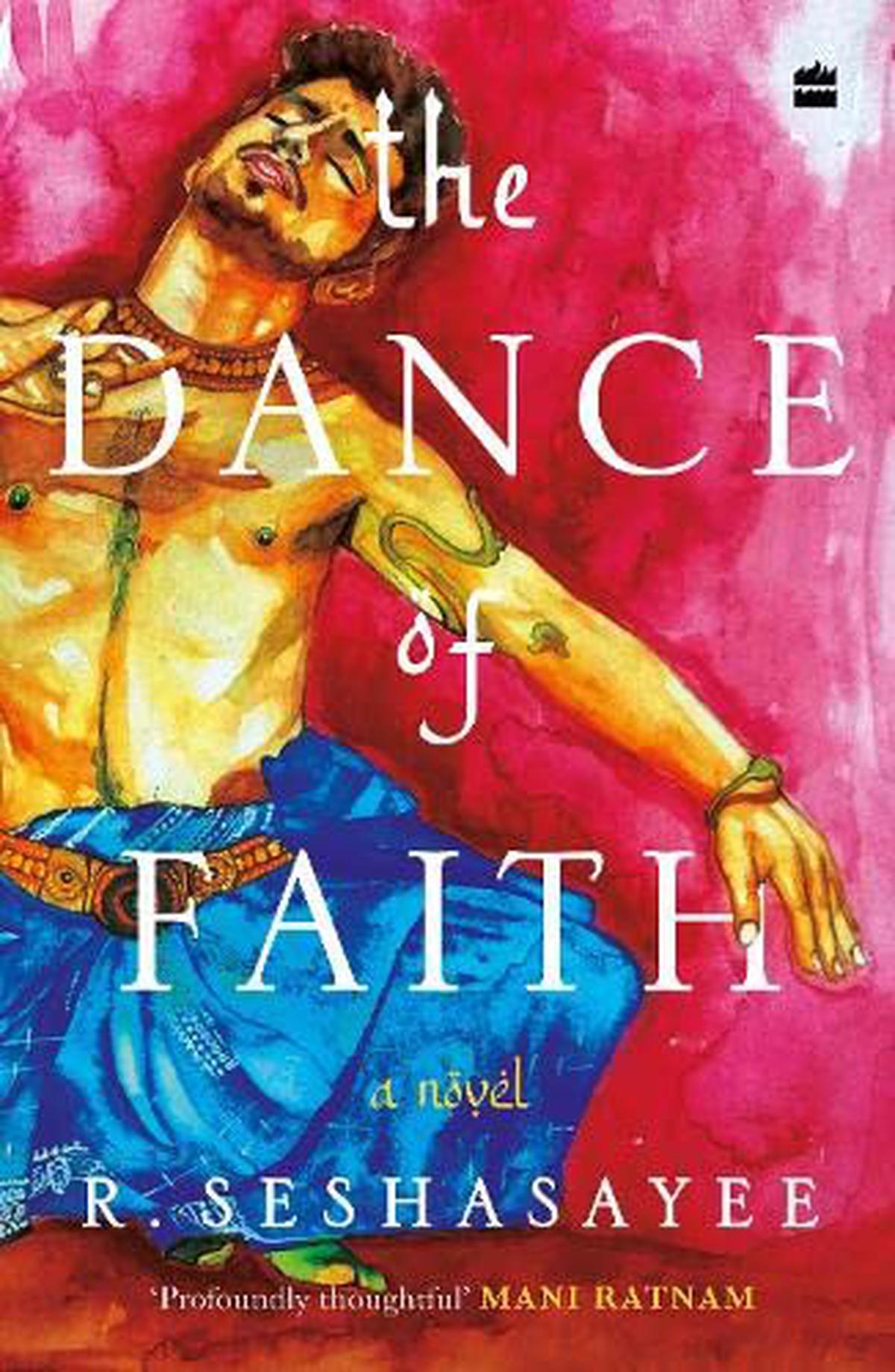The industry veteran says he wanted to question the stereotyping of art and religion with his book ‘The Dance of Faith’
The industry veteran says he wanted to question the stereotyping of art and religion with his book ‘The Dance of Faith’
Zaheer, a Muslim boy from a small village at the foot hills of Yercaud, has been obsessed with dance from childhood. His early lessons are from Tamil films. Stars like Padmini and Vyjayanthimala hold him in thrall. Rhythm, movements and expressions play in his head constantly even as his classmates sneer. He wants to learn Bharatanatyam but his father will not allow him to pursue his passion. However, no obstacle is going to deter him from his chosen path.
The Dance of Faith, a multilayered novel by R. Seshasayee, raises questions about the stereotyping of art and religion. Can a practising Muslim become a Bharatanatyam dancer? The book delves into the question of identity as the protagonist pursues a life in art.
Seshasayee has held several leadership positions in the corporate world. He was executive vice-chairman and managing director of Ashok Leyland, chairman, Infosys, and chairman, IndusInd Bank.
Currently, vice-chairman at Hinduja Group and independent director at Asian Paints, the 74-year-old explains his choice of subject for his debut novel. Edited excerpts:

You are one of the senior industry leaders in the country, and on the board of so many companies. How did you find the time to write fiction?
I give credit to the lockdown. Although I started the book many years ago, I was able to make substantial progress during the lockdown, when, like everyone else, I was left with time that was earlier spent on waiting at airports and in unproductive meetings!
One would have assumed your first novel to be about the corporate world. Why didn’t you want to do that?
I think there was an internal urge to get away from the corporate world, and think about other things in life.
You are trained in Carnatic music and have also been the vice-president of The Music Academy in Chennai. One would have expected music to be the focus of your book.
The question I was trying to address transcends art forms. Whether art as an identity needs to be tied to faith, which is yet another identity, is worth contemplating.
This is a very visual book. The village, the fair, the multicultural people, Chennai’s lanes and bylanes, Mylapore, dance classes, sabhas, all come alive. How long did the research take?
Not much. All of us observe, learn and assimilate many things in the course of our life. I had to simply retrieve these memories and knowledge from my mental library. But I did check out many details — for instance, on Islamic practices — with my friends.
What is your take on art and religion? Our classical music and dance are full of devotion and religiosity. Do you think it is possible for art to bring about religious unity?
Fundamentally, I subscribe to the theory that we are all a bundle of different identities. Faith is just one of them. There are others — citizenry, language, profession, art. Even the same faith, Hinduism, for instance, has several sub-identities. I think society needs to constantly find ways to unite humanity with what is common between social groups, rather than allow division on the basis of what is different. In an environment where faith separates people, art and other identities can and should be deployed for unity. If art or language is bundled with faith, it only exacerbates the divide. This novel is an expression of my views on societal stereotyping and the interface between art and faith.
The interviewer is a Chennai-based journalist and author.
For all the latest Entertainment News Click Here
For the latest news and updates, follow us on Google News.
